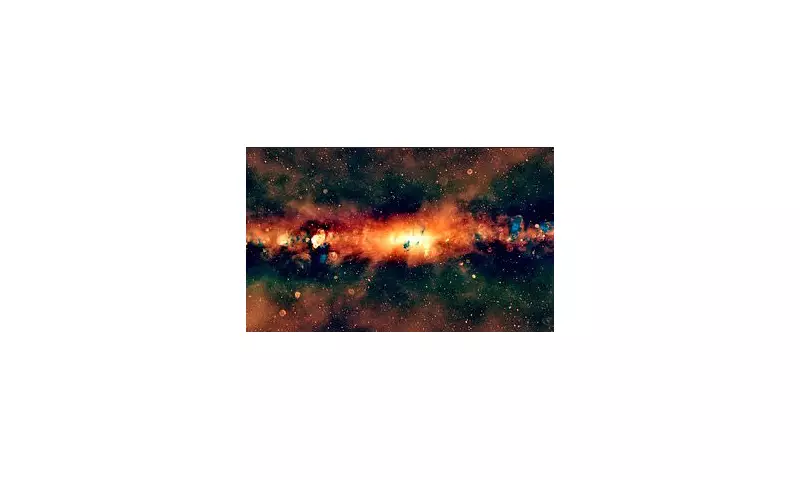
In an extraordinary scientific breakthrough that could reshape our understanding of the cosmos, researchers have successfully detected and measured the radio frequency of our very own Milky Way galaxy for the first time in history.
The Galactic Heartbeat
Scientists have long known that galaxies emit various forms of radiation, but capturing the specific radio frequency of our home galaxy represents a monumental achievement in astronomical research. The discovery reveals that the Milky Way produces a consistent, measurable radio signal that acts like a cosmic heartbeat.
How The Discovery Was Made
Using advanced radio telescopes and sophisticated signal processing technology, an international team of astronomers spent years analysing cosmic background radiation and filtering out interference to isolate the galaxy's unique signature. The research involved:
- Multiple observation sessions across different radio telescope arrays
- Advanced algorithms to distinguish galactic signals from background noise
- Collaboration between research institutions worldwide
- Verification through multiple independent detection methods
What This Means For Astronomy
This groundbreaking discovery opens up unprecedented opportunities for astronomical research and could revolutionise how we study our galactic neighbourhood. The identified frequency provides scientists with a new tool for:
- Mapping Galactic Structure: Better understanding the Milky Way's spiral arms and core
- Searching For Extraterrestrial Life: Providing a baseline for distinguishing natural signals from potential artificial ones
- Cosmic Evolution Studies: Tracking how our galaxy changes over time
- Interstellar Navigation: Potentially aiding future space exploration missions
The Search For Cosmic Companions
Perhaps most excitingly, this discovery significantly enhances the search for intelligent life beyond Earth. By understanding the natural radio emissions of our own galaxy, scientists can more effectively filter out background noise when scanning for potential artificial signals from other civilizations.
"This is like finally hearing the voice of our cosmic home," commented one lead researcher. "We've been studying the Milky Way visually for centuries, but now we can listen to it too."
Future Implications
The research team emphasises that this is just the beginning. As technology advances, scientists hope to detect even more subtle frequencies and potentially identify radio signatures from individual star systems within our galaxy. This could lead to a new era of "acoustic astronomy" where we don't just see the universe, but hear it as well.
The discovery promises to keep astronomers busy for decades, unraveling the mysteries of our galactic home one frequency at a time.





